Nestled amidst the majestic peaks of the Karakoram mountain range in Khaplu, Gilgit-Baltistan, Pakistan, stands the Chaqchan Mosque, a beacon of Islamic faith steeped in history. Dating back to 1370, the mosque is not just a place of worship, but a living testament to the region's fascinating transition from Buddhism to Islam. This article delves into the rich history, architectural marvel, and enduring significance of the Chaqchan Mosque, offering a glimpse into the heart of Islamic heritage in Gilgit-Baltistan.
Historical Significance
The 14th century witnessed a profound religious transformation in Gilgit-Baltistan, as Buddhism, which had prevailed for centuries, gave way to Islam. Central to this transition is the Chaqchan Mosque, believed to have been constructed around 1370 CE. Local legends attribute its creation to the esteemed Sufi saint, Mir Syed Ali Hamdani, underscoring the pivotal role of Sufi mystics in spreading Islam across the region.
The mosque's name, "Chaqchan," meaning "The Miraculous Mosque," signifies the awe-inspiring history and architecture associated with it. While some sources credit Mir Sayyid Ali Hamadani for its construction, others link it to the arrival of Sufi saint Syed Nurbakhsh from Kashmir. The latter theory, however, poses a historical discrepancy, suggesting the mosque's construction predates Syed Nurbakhsh's birth by more than two decades.
According to local lore, the conversion of a ruling Raja to Islam prompted the commissioning of the Chaqchan Mosque. This historical landmark not only serves as a place of worship but also embodies the enduring cultural heritage of Gilgit-Baltistan during this transformative period.
Architectural Marvel of the Chaqchan Mosque: A Fusion of Cultural Influences
The Chaqchan Mosque, nestled in the serene valley of Khaplu, Gilgit-Baltistan, is a captivating testament to the confluence of cultural influences that have shaped the region over centuries. Its unique architectural style seamlessly blends Tibetan, Mughal, and Persian elements, reflecting the rich artistic exchange that characterized the area's history.
The mosque's structure is characterized by a two-story cubic complex featuring a semi-basement, ground floor, and an elegant turret atop. However, one of its most intriguing aspects lies in its construction technique. The exterior walls employ a method known as "wattle and daub," where wooden slabs are intricately woven together to form a frame, filled with clay or mud—a technique reminiscent of the Roman "opus craticum."

This ingenious method not only ensured structural stability but also provided excellent insulation against the harsh Himalayan winters, highlighting the practical ingenuity of ancient builders in adapting to their environment.
The Chaqchan Mosque stands as more than a place of worship; it embodies the enduring legacy of cultural exchange in Gilgit-Baltistan, offering a profound glimpse into the architectural evolution driven by diverse influences throughout history. As efforts to preserve and celebrate this rich heritage continue, the Chaqchan Mosque remains a cherished symbol of the region's artistic and cultural heritage, inspiring awe and admiration among visitors and scholars alike.
A Masterclass in Woodwork: Awe-Inspiring Detailing
Step inside the Chaqchan Mosque, and you are greeted by a masterpiece of intricate woodwork. The walls and ceilings are adorned with exquisite geometric patterns and calligraphic inscriptions carved into the wood. The artistry extends to the windows, featuring beautiful "jali" work - intricate lattice screens that allow for light and ventilation while maintaining privacy. This focus on woodwork reflects the region's long tradition of woodcarving, a skill that continues to be practiced by local artisans today.
The intricately carved mihrab, a niche in the wall indicating the direction of Mecca, is a focal point of the mosque's interior. The artistry on the mihrab serves not only as an aesthetic element but also as a powerful symbol of the mosque's importance as a center of prayer and devotion.
A Place of Unity and Community: The Enduring Role of the Chaqchan Mosque
Beyond its historical and architectural significance, the Chaqchan Mosque holds immense importance for the Muslim community in Gilgit-Baltistan. It serves as a central place of worship, fostering a sense of unity and belonging among the faithful. The mosque transcends its religious function, acting as a community hub where people gather for social events and celebrations.
A Bridge Between Past and Present: A Symbol of Resilience
The Chaqchan Mosque stands as a testament to the enduring spirit of Islam in Gilgit-Baltistan. It embodies the region's rich cultural heritage, showcasing the fusion of Islamic traditions with local artistic influences. The mosque's survival through centuries speaks volumes about the resilience of the local community and their dedication to preserving their religious heritage.
A Beacon for the Future: Conservation Efforts
The Chaqchan Mosque, like many historical structures, faces challenges due to age and exposure to the elements. Conservation efforts are underway to ensure its preservation for generations to come. These efforts involve careful restoration of the wooden structures, ensuring the intricate carvings and architectural details remain vibrant for future visitors.
Conclusion: A Window into a Living Legacy
The Chaqchan Mosque is more than just a structure; it is a living embodiment of Gilgit-Baltistan's Islamic legacy. It tells a story of cultural exchange, religious transformation, and artistic mastery. As visitors marvel at its architectural beauty and historical significance, they gain a deeper understanding of the region's rich tapestry and the enduring faith of its people. The Chaqchan Mosque stands not only as a monument to the past but also as a beacon of hope for the future, inspiring ongoing efforts to preserve this cultural treasure.



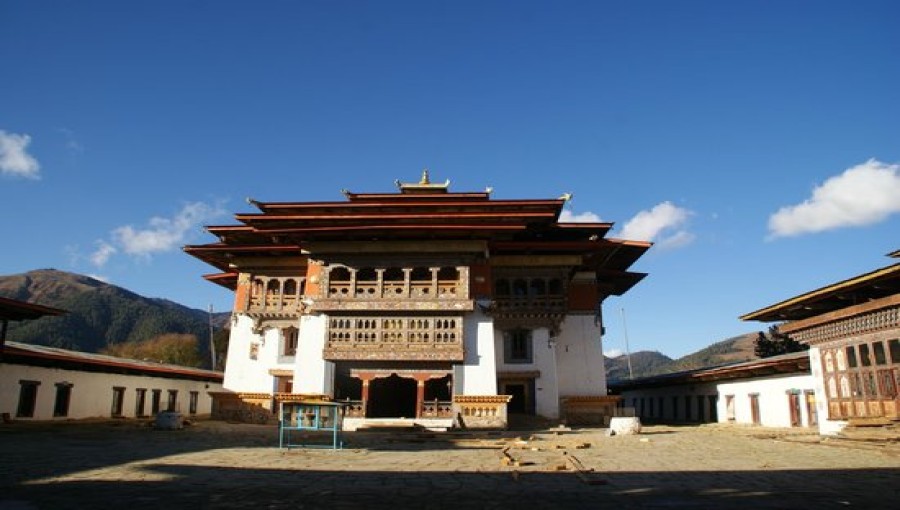
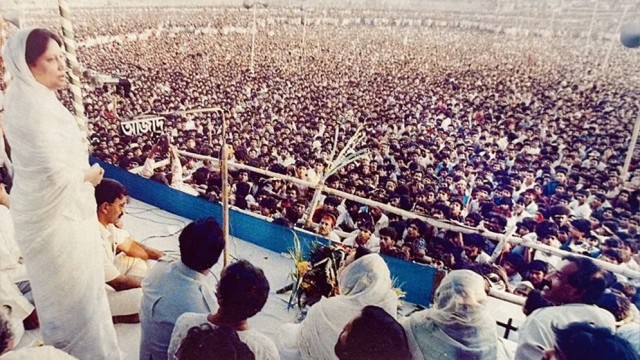





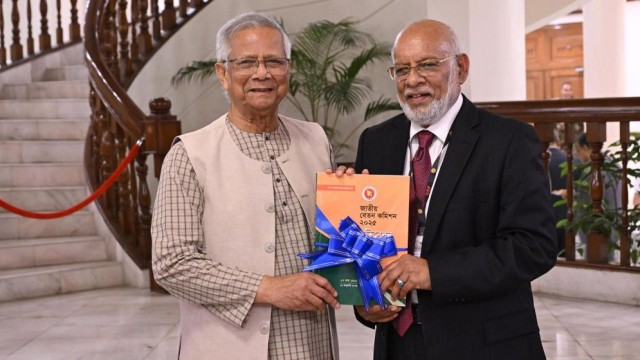



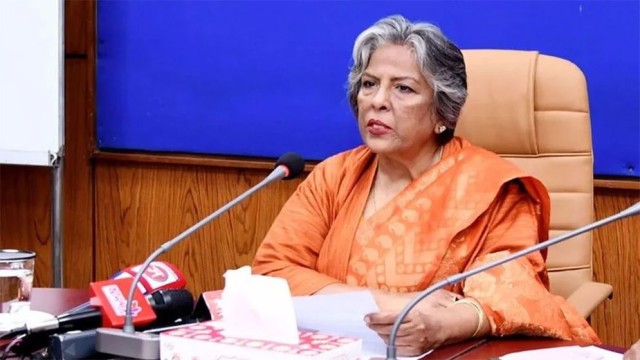




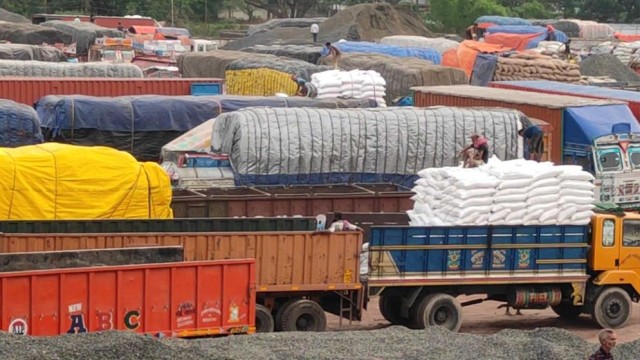










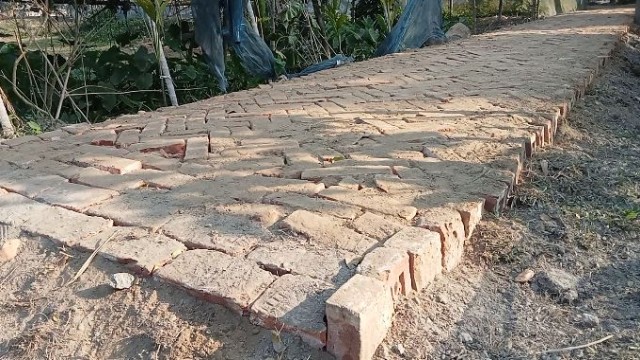
Comment: